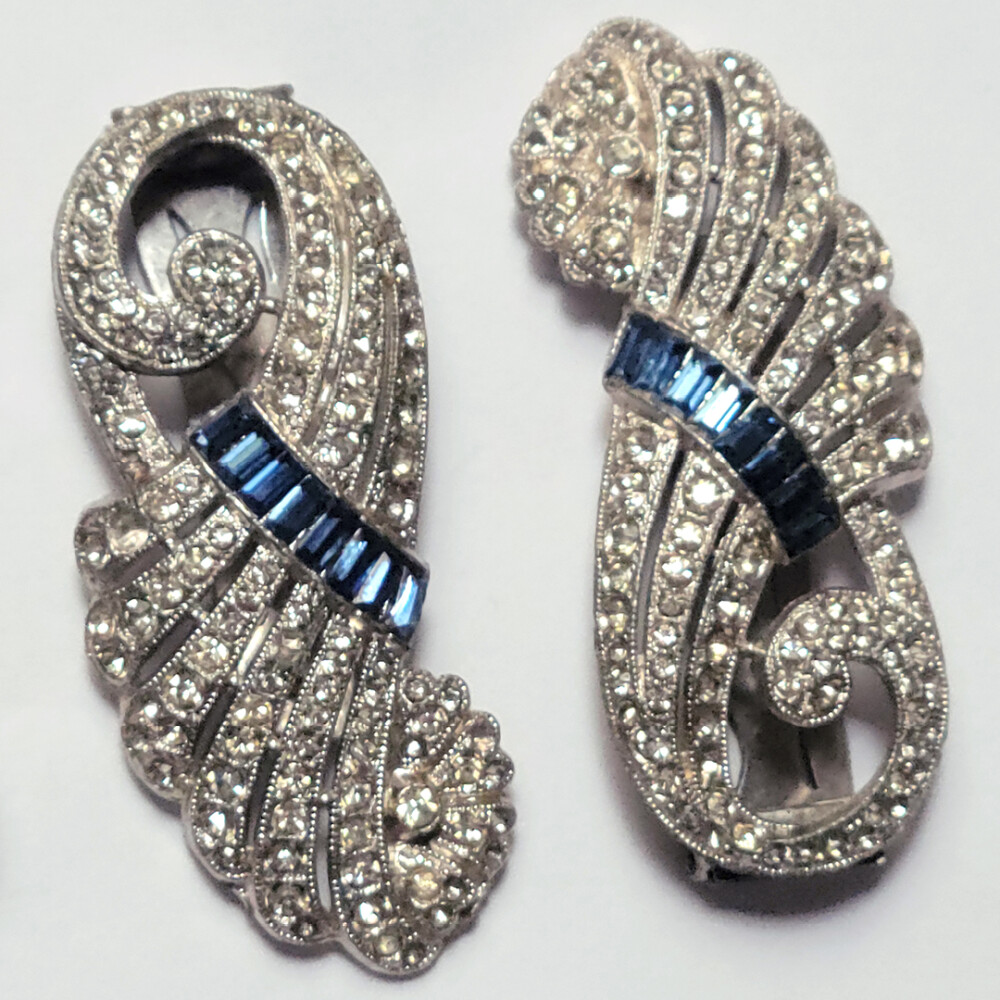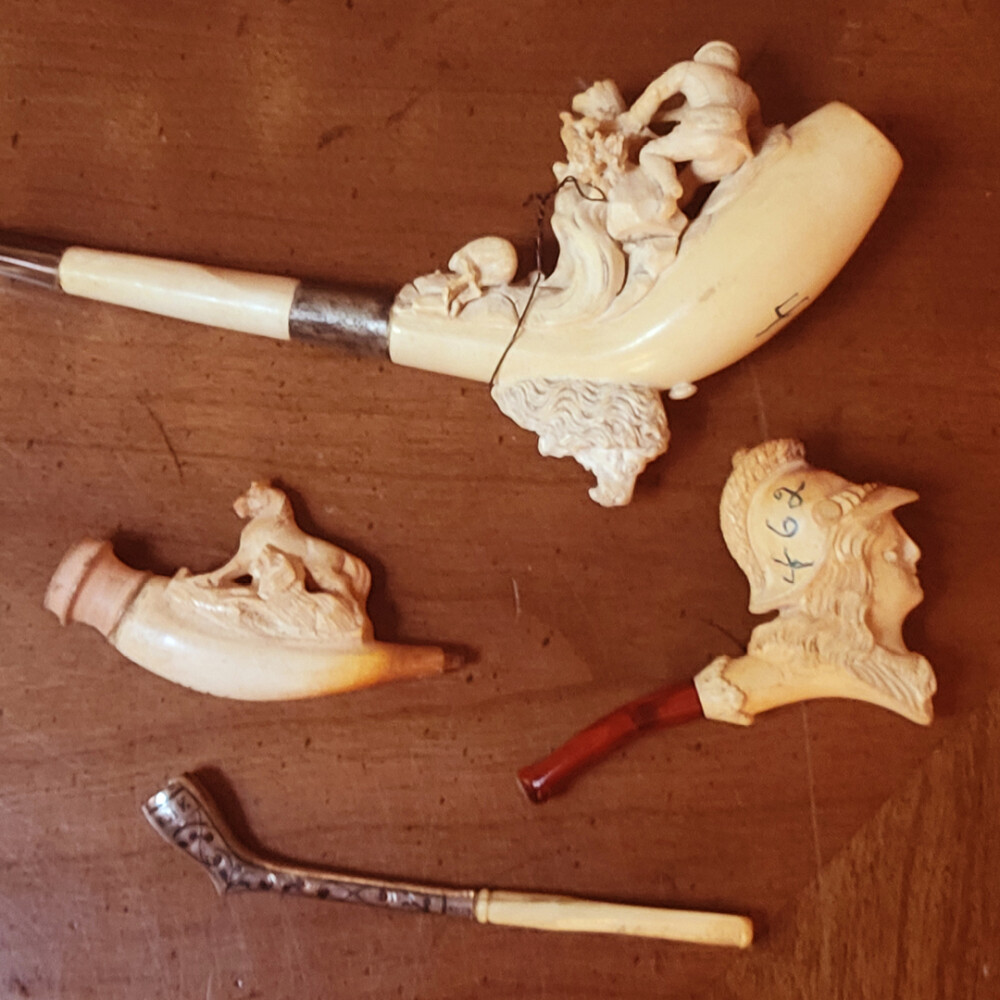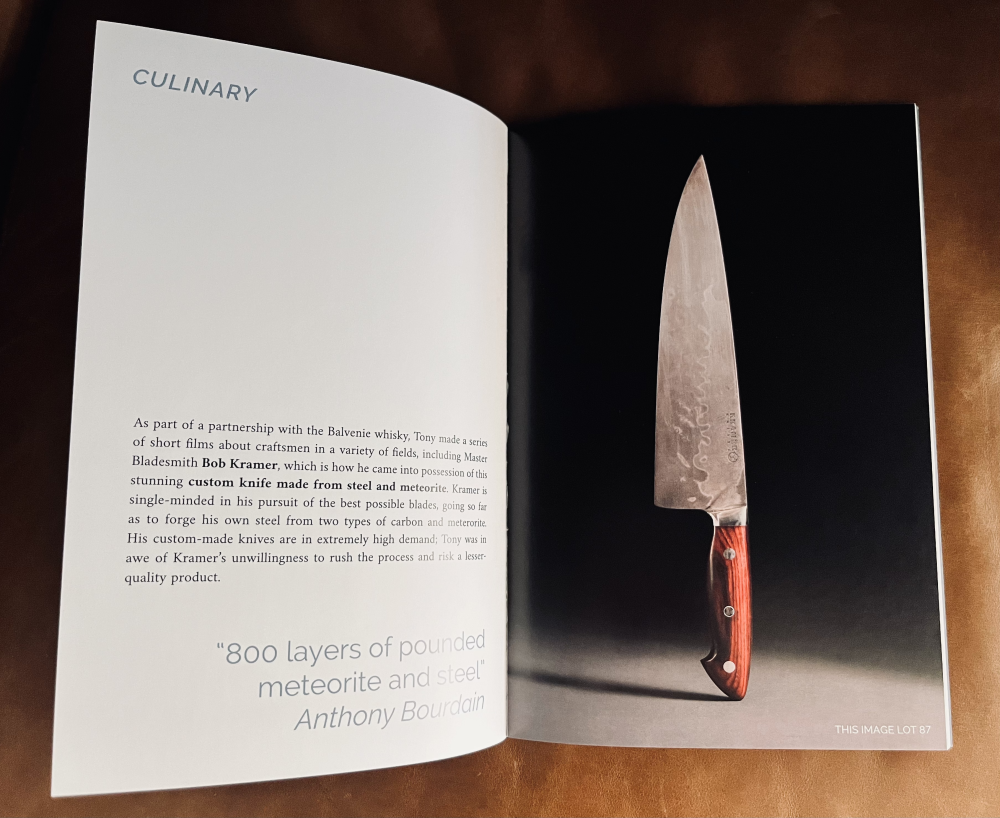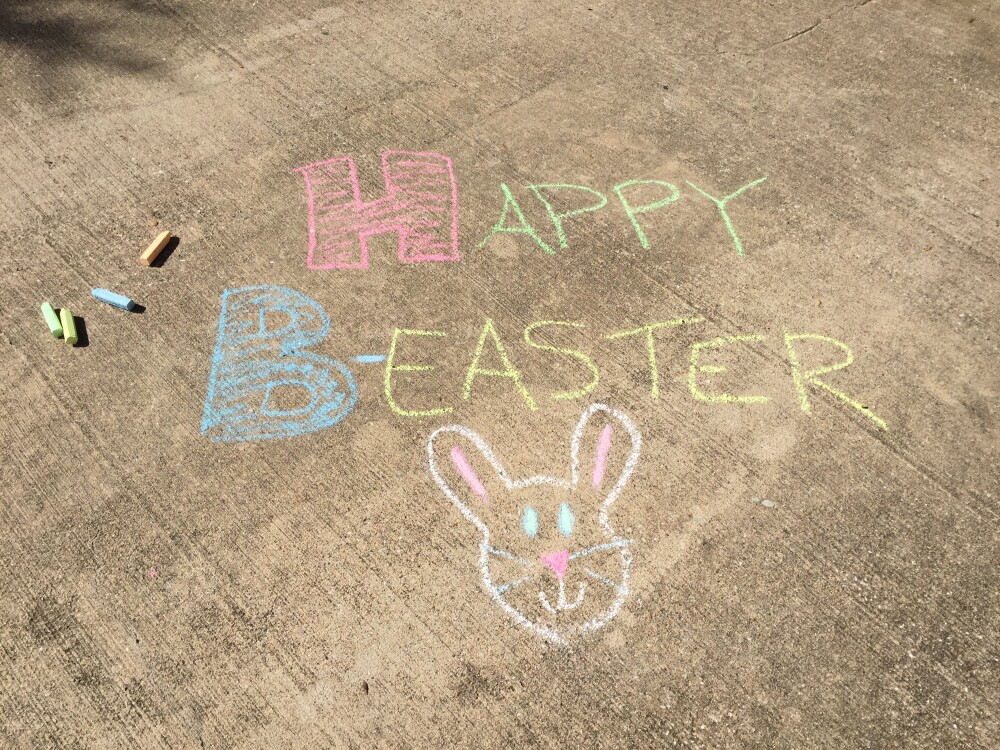People love to prescribe decluttering. Often, they even give you tips on how to get started. The lists to help you think through what “goes” typically go something like this:
-
-
- Is it broken?
- Is it a component (like a cable or remote) to a gadget you no longer own?
- Do those clothes even fit anymore? Are they sporting holes?
- Holding onto legal and tax documents beyond their usefulness (e.g. 7 years for most tax documents)?
- Hmm, you don’t even know what the object is or why you have it?
- Is it expired, as in cleaners and paints, make up and fragrances, or spices?
And so on. All valid options for a quick declutter of your home.
More frustrating is that the advice usually ends there or will weave in a, “Get rid of it, but take a photo first.” Really? I have 1,000s of photos to scroll through, I’ve forgotten the details, and, again, what am I supposed to do with the physical photos anyway? I’ll just do nothing, thanks.
Why We Have to Talk About This
We think standard decluttering advice is partly helpful, partly a clever ruse to distract you from and avoid an entire segment of ‘stuff’ - the stuff that also has sentimental value. "Time to let go," they will say. And how exactly should I do that? Will you pay for my therapist?
We’ve tapped the Arti Community for a fresh take on decluttering targets full of all those sentimental, history-filled, "just cool," or "you never know what it might be worth one day" things that make decluttering especially challenging. We know how hard it is.
Let us know how these targets help you and which are missing. And, when in doubt, call in a specialist to help! We provide some ideas at the bottom of this article.
15 Decluttering Targets in the Age of Artifcts: Artifct, Share, and Let Go!
With contributions from Matt Paxton, host of the PBS series "Legacy List with Matt Paxton" and author of "Keep the Memories, Lose the Stuff."
1. OLD CAMERAS
You know, the type that used actual film. And other gadgets that you remember the good ol’ days when you see. Anyone still hanging onto an original iPod?
* Expert tip: Like a passport, Artifct the camera and all the places it’s been! Then … how old are we talking? Maybe a local school or a child would be interested? If you want to sell it, you could check specialized marketplaces, including KEH Camera. As with any technology, please do not throw it away. Contact your local municipality about recycling, try tech vendors like Canon, or pop into local stores, such as Best Buy.
2. THAT OUTFIT YOU WORE ...
… when you graduated, honeymooned, won the big deal at work. If you’re Dolly Parton, yes, that sequin-embellished gown will likely go into a museum, so let’s just set those exceptions aside. For the rest of us mere mortals, you know the drill.
* Expert tip: Artifct it, and include a photo of you wearing it back in the day, if possible.
3. CHILDREN'S ARTWORK
We all know it’s bountiful. So, let’s pick and choose what we keep, and no matter what, keep the stories. So, record the basics in each Artifct. They gave it to you when? How did they make it? What is it? Better yet, record them telling you and include the photo and video. There’s nothing like hearing those tiny voices again when they are all grown up.
* Expert tip: Tag the Artifcts with their name and age or grade for easy sorting: #Amara #1stGrade.
4. FURNISHINGS
Come on, we’ve talked about this! We know whole rooms in houses not to mention pricey monthly storage units exist that are bursting with furniture you remember from parents and grandparents or are considered family heirlooms but that no longer have a place in your current life. Better than those bulky items hanging about are the stories that they bore witness to when you slept there, relaxed on those, placed family photos on them.
* Expert tip from Matt Paxton: If you’ve decided to try to sell the item, list it on Facebook Marketplace and if it doesn’t sell in, say, 24 hours, then move it over to a Buy Nothing group and get it out. Remember your time is worth at least $25 an hour; do not spend six hours selling a $100 item. And don’t forget – you already decided you don’t want it, and you have the memory on Artifcts, which will easily outlive the use of the furniture. Don’t let haggling over the price ruin your decision to make space in your home.
5. HOLIDAY DECOR
There could be any number of reasons—it’s faded, maybe slightly damaged, out of style—why you never take it out to use or display anymore. But you likely have a lot of history with it to Artifct and share.
* Expert tip: If it’s still useful, consider getting it to a donation center a few weeks before the holiday so others can pick it up to enjoy!

6. VALUABLES
Consider your crystal, jewelry & watches, and collections (coins, stamps, statues, art): Are they worth more to you as cash to reinvest in other items you will care for or use more? Or could they be of greater value to someone else in the family? Dont' even get us started on collections of dubious value that you're holding onto just in case the value sky rockets. Take a hard look.
* Expert tip from Matt Paxton: I tend to Artifct the item and share it with my family members to see who has the best memory or story of the item before then making the final decision to sell it or gift it (and to whom). To help with your sell vs. gift decision, seek out the best industry specific site to price the item (e.g. Worthy.com for a wedding ring) or send the Artifct to Heritage Auctions using the “What’s it worth?” feature for a free valuation.
7. HERITAGE AND HISTORICAL ITEMS
Baby bassinets, antique gowns, family bibles, tools of trade, we pass these items down through the generations, often with little care for their preservation. And they take up a lot of space, especially if you are the ‘family keeper’ and have the majority of the items.
* Expert tip: Small museums, historical foundations, and even professional archives may be interested and will in fact preserve them! Here are tips if you are considering donations to archives and similar.
8. RECIPES
Hanging on to a cookbook for a single recipe that was beloved? Combine a photo with your secret methods and ingredients and send that book on its way. And if you have a mess of recipes from a loved one that you never make but are holding onto just because, photograph the collection for a single Artifct, along with any singleton standouts, and then recycle.
* Expert tip: For truly special recipes, consider preserving or framing them. Maybe even turn them into something new, like this Arti Community member did with her mother's rolls recipe.
9. PHOTO ALBUMS
Bulky, yellowing, photos slipping, and, hmm, who is that in those pictures that are a bit blurry, too? If you have only one or two albums, this is really not a good category for you. If you have more, and they sit in shelves and boxes never opened, consider whether now is a time to digitize the pictures and Artifct the memories. Maybe you’ll even opt for archival-quality photo books to recast the past with fresh perspective in a coffee table friendly format!
* Expert tip from Matt Paxton: Trim down the massive collection to a more manageable pile before Artifcting, digitizing, printing for photo books, or sorting and gifting to relatives. Get rid of what you no longer need: duplicates, negatives (you haven’t used them yet, you don’t need them), generic landscapes (e.g. beaches and mountains with no identifiable people), and pictures of people you don’t know or don’t like. It’s okay to throw away pictures of your former in-laws that you haven’t spoken to in 20 years.
10. T-SHIRTS
These are sneak-y! Durable, especially if they end up in the back of the closet or bottom of the drawer, as well as inexpensive, gift worthy, and great mementos. Suddenly you have dozens, some don’t fit or have yellowed stains, and/or they are otherwise ready to be retired. Some you might elevate to framing, others to those popular t-shirt quilts, a few in good condition to vintage clothing shops, and the rest, simple Artifcts with great stories.
* Expert tip from Matt Paxton: You could always offer them up to your favorite niece and Artifct you and her wearing your favorite Duran Duran t-shirt 30 years apart! If you think it’s cool, it’s probably cool to the next generation, too. Worst case scenario, Artifct them and give them to Goodwill. My biggest tip here is to make sure you are detailed when Artifcting. Give the details of the band, when you saw them, who you hung out with and WHY you loved the t-shirt so much. My kids loved my skateboarding t-shirts when they found out I met Tony Hawk at Mt. Trashmore in 1989. The beauty of Artifcting is that it allows you to put your family and friends in the moment with you to enjoy the memory as much as you do
11. BASEBALL (FOOTBALL ETC.) TRADING CARDS
Those skinny boxes literally pile up, and you never kept them as pristine as you think. Share them with a neighbor kid or post them on freecycle or similar. Just move them on out.
* Expert tip: Suspect there’s hidden value? Artifct them and click “What’s it worth?” and Heritage Auctions will take a look!
12. GLASSWARE, CHINA, SILVER
If you’re using them, this category is not for you. If you are dusting and polishing for "remember when" or "they belonged to {loved person}," Artifct them instead, check with family, and if there’s no taker, out they go.
* Expert tip: Not a tip, more of a confession. Co-founder Ellen Goodwin thinks a genius Etsy shop would sell gorgeous mixed china pattern sets. Unique design + reselling = a win win. Put her on the waitlist so it can join the family silver she saved!
13. BOOKS
Do you catch yourself reflecting on a funny passage, what was happening or where you were when you last or first read it, or maybe where you got it, and saying “Nope, it can stay for now.” How many books are in this category? Don't lie. Books carry intellectual and personal growth and even sometimes spiritual weight. But even with books you can capture the essence of what it means to you and move it on to the next reader.
* Expert tip: Check between the pages and then consider taking them to school book drives, local donation centers, or even shops like Half Priced Books.
14. STUFFED ANIMALS
Okay parents, confess, how many of these creatures are more sentimental to you than your child (or future unborn grandchild)? And what about all those that are forgotten moments after receiving them? Or loved soooo much that they are probably a health hazard? Before they declutter those stuffed animals too aggressively, read this ARTIcles story.
* Expert tip: Local requirements vary, but you can offer cleaned toys to some fire stations and animal shelters and lovingly reminisce with Artifcts.
15. TRAVEL MEMENTOS
We’re willing to bet if you collect them all in front of you, you could pick out the especially valuable ones to you from the lineup. Maybe the details have even grown pret-ty fuzzy. A memento might be cool, but if you feel a clutter crisis closing in on you or you simply want to lighten the load, it’s time to pare it back.
* Expert tip: Matching items to photos or stamps in a passport, maybe with a bit of audio from you, is a fabulous way to relive those travels and offer a final tribute as you send it off to a new home.
Sometimes We Need a Little Help
Decluttering help can take many forms, depending on your circumstances. Here are some additional resources that might be just what you need.
Artifcts Concierge. Register free today on Artifcts.com to give Artifcting a try! We are also highly experienced in the art of capturing the stories behind objects and paying attention to the details that matter for your future depending on the ‘why’ you have the objects and what you may want to do with them next. We can provide virtual or in-person Artifcting support to propel you forward in your decluttering!
Keys Guild. Collectibles advisors trained through the Keys Guild can provide onsite services to identify items of value for resale and the optimal outlets (i.e. top dollar) for selling the items. To learn if there is a Key in your area, use this contact form.
NAPO. The National Association of Productivity & Organizing has a large nationwide membership base ready to help you organize, declutter, and more. Find a NAPO professional in your area by zip code here.
Archivists. These professionals may be less familiar to you, but they are often working for or collaborating with institutions of all sizes and types that take donations. Consider original works of fiction or non-fiction; war memorabilia; scrapbooks, journals, letters, and diaries; and media (photographs, slides, film, even websites too). You can learn more and locate an archival consultant at The Society of American Archivists.
Auction houses. Valuable items and collections may be a good fit for auction. Auction houses vary, some with broad specialties, others niche. Many now offer online auctions, not just traditional raise your paddle affairs. Their appraisal services for single objects and entire estates can also help inform which of your items will go up for auction or sale in any venue (e.g. auction house, 1st Dibs, Ebay, Etsy, Facebook Marketplace) and which maybe have more sentimental value.
“Keep the Memories, Lose the Stuff.” If you’re in more of a “Let me think on it,” or do-it-yourself mindset, we recommend this book. Matt Paxton joined the Artifcts board recently but long before we even met him, we were fans of his book because of its practical advice, engaging stories, and litany of self-starter tips and resources.
Happy Artifcting!
###
© 2022 Artifcts, Inc. All Rights Reserved.
















 (Above) A few home videos lost in the mix of old VHS tapes where no one has a hope of viewing them.
(Above) A few home videos lost in the mix of old VHS tapes where no one has a hope of viewing them.














